How to identify and manage Henbit (Lamium amplexicaule) a common lawn weed throughout the United States. It is a member of the mint family, prefers moist fertile soils, and has purple to pink tubular-shaped flowers that bloom in the spring. Photos are included to help with weed ID.
It is also commonly confused with purple deadnettle and ground ivy. The upper leaves of purple deadnettle are triangular, have petioles, and are purple to red.
Life cycle – winter annual (cool-season weed) that reproduces by seed. Starting its life cycle in the fall when seeds germinate. It lives through the winter (overwinters) and then flowers in the spring. Finally, it dies as the temperatures rise.
What we cover
ToggleLawn Weed Control
The best weed control is always a healthy, well-managed lawn that will not allow weed seeds to germinate. Weed seeds need contact with this soil and sunlight to germinate and grow. A dense, vigorous lawn will choke out young weed seedlings before they can grow and develop into mature plants.
Want to know what your lawn needs and when to apply it?
Let the turfgrass experts on Sunday take care of the technical stuff.
Have you heard about the Sunday Smart Lawn Plan? It’s simple, do-it-yourself natural lawn care that’s customized to your soil, climate, and lawn. Delivered to you right when you need it. You apply the nutrient packets with the included hose-end sprayer…simple, professional results!
Sunday’s plant and soil nutrient products are made from food waste, seaweed, and molasses. The natural additives stimulate plant growth and activate soil life.
This is Super Environmentally Friendly lawn care!
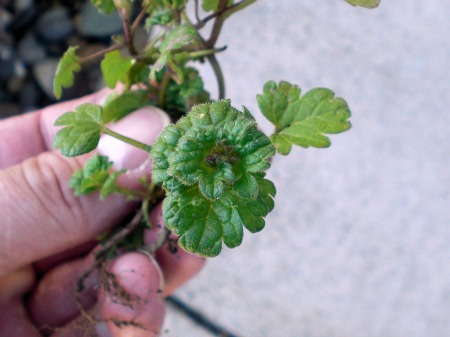
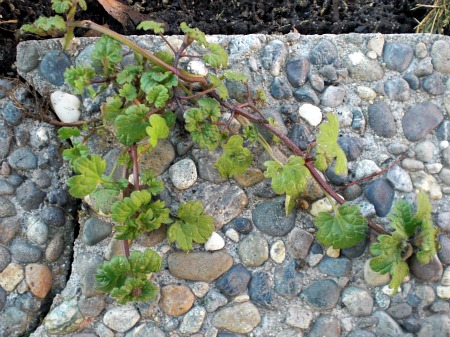
Weed Images
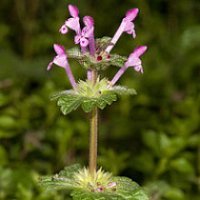
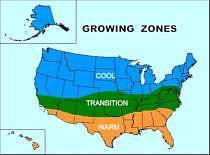
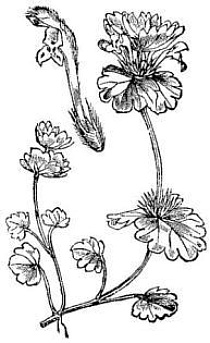
Winter annual weeds complete their life cycle in the spring. So the best time to control them with chemicals is in the fall – when they are actively growing.
A pre-emergent herbicide can be used in the fall if you are not planting new grass seeds. Be sure to apply it in early fall before the weather turns cool and weed seeds germinate.
Another option is to use a post-emergent broad-leaf herbicide. Post-emergent herbicides work best on young, actively growing weeds.
Post-emergent herbicides labeled for henbit control in residential lawns
Landscape beds can be spot sprayed with glyphosate (Roundup), a non-selective post-emergent weed spray. Avoid damage to non-target plants from over-spray or drift.
Hand Weeding – pull or dig, be sure to remove the entire plant and root.
**Be sure to read and follow the directions on the label if you choose to use an herbicide. It is a violation of federal law to use ANY pesticides in a manner that is not consistent with the label**
Weed ID
stems – square, green to purplish color, root at the lower nodes, fine downward-pointing hairs.
leaves – arranged opposite on the stem, circular to heart-shaped, Margins have rounded teeth, lower petioled, upper sessile, minutely haired above, veins below minutely haired.
Low, very prostrate growth habit (up to 16″ tall)
very nice purplish pinkish colored flowers that grow in whorls around the stem.
More Weed ID:
Corn Speedwell (Veronica arvensis) is a low-growing winter annual and a common weed problem in thin turf stands and newly seeded lawns. Pictures to help with lawn weed identification and control.
Mouse-ear chickweed is a common lawn weed found throughout the United States. Its characteristics make it a competitive weed in lawns.
How to identify and manage Common Chickweed (Stellaria media), a winter annual lawn weed. Photos are included to help with weed ID and control. Lawn care tips and advice.
